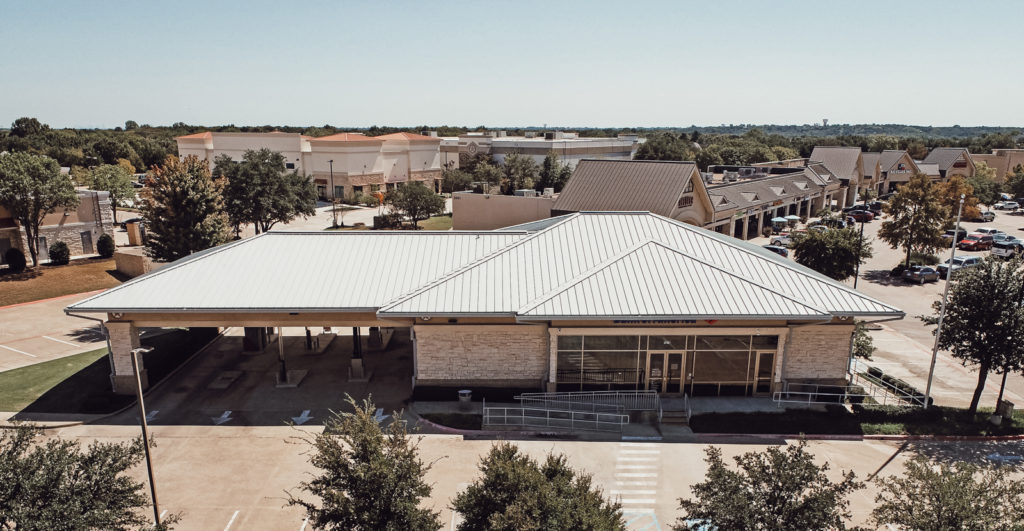The size of your commercial property is a vital statistic. From a valuation and pricing perspective, this knowledge allows you to make the most out of your investment. However, rather than having a simple overall cost of the parcel of land, it is often the better route to gain a price per acre metric.
Knowing how to calculate price per acre is not always a cut-and-dried matter. After all, there’s a lot that goes into determining both what an acre of land is worth, alongside what it is reasonable to expect buyers or renters to pay. Getting this calculation right is a key to maintaining an organized and valuable commercial property investment portfolio, and can set you on the road to success.
We’re going to take a moment to review how to accurately generate your per acre pricing.

In Brief
At first glance, how to calculate price per acre (PPA) is a relatively simple equation. It is the value of your property (v) divided by the number of acres (a). So, v ÷ a = PPA. You don’t have to worry about squaring the measurement, because an acre is already considered to be a squared number.
However, this assumes that you have a certain amount of information on hand in order to make these calculations. As with so many aspects of commercial real estate, what can initially seem simple actually has several more steps involved in order to reach the correct and most useful outcome.
Confirm the Size
This might seem like a simple matter, but there are elements that can complicate how large your property is, and therefore how to calculate price per acre. It is not unusual for landowners — particularly if it’s been passed down over generations — to be under the impression that they own a certain size of land, only to find out later that the boundaries are not where they believed them to be. It is therefore important to do some research with the county land records office to confirm the property lines. You should then work with a surveyor to accurately measure the full extent of the land.
Depending on your reasons for calculating price per acre, there may be different measurements you need to take. If you’re only planning to use a certain amount of the overall property to engage in project leasing or development, you need to establish what portion you’re planning to dedicate to this. Again, working with a surveyor is the best way to accurately plot out what part of your property is appropriate for this purpose.
Review the Value
Next, you need to establish the value of your property. Remember that the price that you purchased the land for initially may not accurately reflect its current value, even if you’ve only had it a matter of a few months. You may have made some improvements to the — whether that’s to the stability of the land itself or added new buildings. Even upgrades to plumbing or electricity of original buildings can affect the overall value. As such, before offering the property for sale or lease, or working with a property management company, you need to solicit the help of an appraiser.
You need to think of this as a collaboration between you and the appraiser in order to get the most out of the relationship. Take the time to discuss in detail what you need the valuation for and why. This can help the appraiser to determine the type of assessment that must be undertaken and the report that needs to be provided. Remember, there are several types of valuation that can be performed, from site valuations that purely take into account the value of the land itself, to land valuations that consider all improvements, additions, and the intrinsic worth. The type of valuation that is relevant to calculate price per acre will usually depend on your intentions for the land. If you are simply selling the land without any buildings, a basic site valuation may be enough. However, if you plan on leasing various plots or retail units, a full land valuation that also takes into account the potential income it can generate for renters is likely to be your most sensible option.
Consider the Future
It’s also important to review how the near future of your property is likely to factor into your price per acre calculation. After all, whether you’re selling or leasing your property, you don’t want to undervalue your plot simply because you didn’t do a little research into the details of the local area. Elements such as new shopping malls being built nearby or plans to construct a new highway in the next few years can cause the value of your property to rise.
Ethically speaking, it’s also wise to look into the potential for depreciation and apply this to your costing. Aside from the moral duty, it is likely that those who are interested in purchasing and renting your property will be investigating these factors, too. If you can show them that you’ve already taken these depreciations into account in your calculations, it can put you in a stronger negotiating position. Not to mention that you are less likely to lose tenants in the long run if business drops off slightly and they can no longer afford your higher rate of per acre rent.
Conversion Consideration
Now that you have the size and an accurate valuation of your property, all that’s left is the calculation. However, it may be the case that until now you’ve only had access to measurements of your property in feet. Indeed, this is often the standard metric that commercial real estate is provided in. This can be further complicated if your land is of an unconventional shape. As such, you need to consider how to apply the conversion.
Before dividing into price per acre, you need to calculate the area of the land. For land in squares, parallelograms, or rectangles this is a simple formula of multiplying the base (b) by the width (W) to and the area in square feet. For triangles, the formula is b x h ፥ 2.
You can then take this square foot area and divide it by 43,560 to and the total acreage. For example, a property that is 80,000 square feet in size would be 1.84 acres. As previously discussed, you simply divide your valuation by the number of acres to reach your price per acre calculation.
Wrapping Up
Knowing how to calculate price per acre of a property can seem deceptively simple. It is just the value of your property divided by the number of acres. But the complexities can arise in reaching both of these figures. You need to establish the true size of the property first, including taking into account the potential that you might not wish to lease or sell the entire amount. It’s also wise to work with an expert appraiser to make sure that every element that can add to your price per acre amount is taken into account, including those you may not have previously considered. Time can shift the worth of your land and applying the formula to reach your PPA should be the last step of a thorough process of assessment to make sure you get the most out of your investment.
Find all available properties here.
